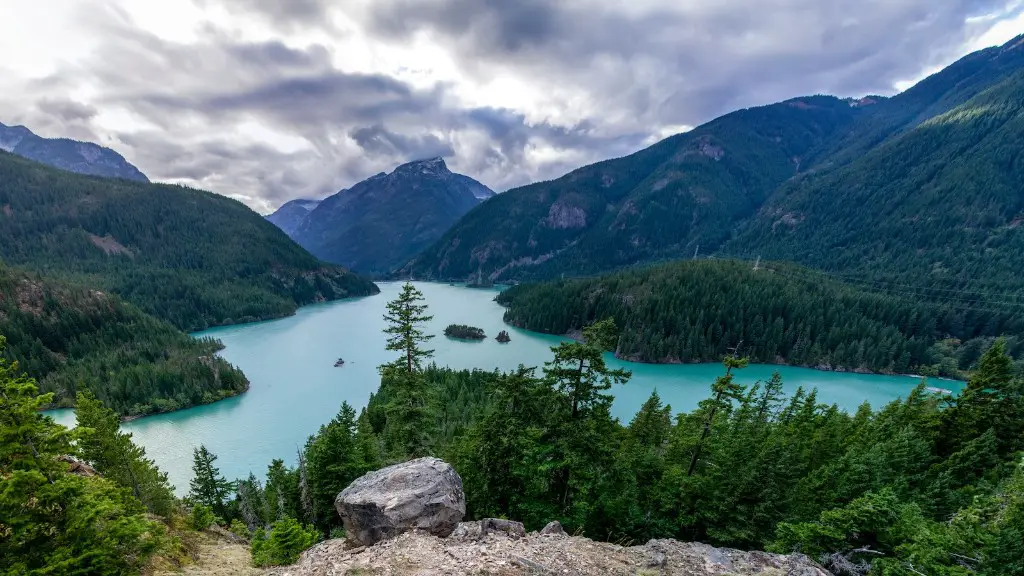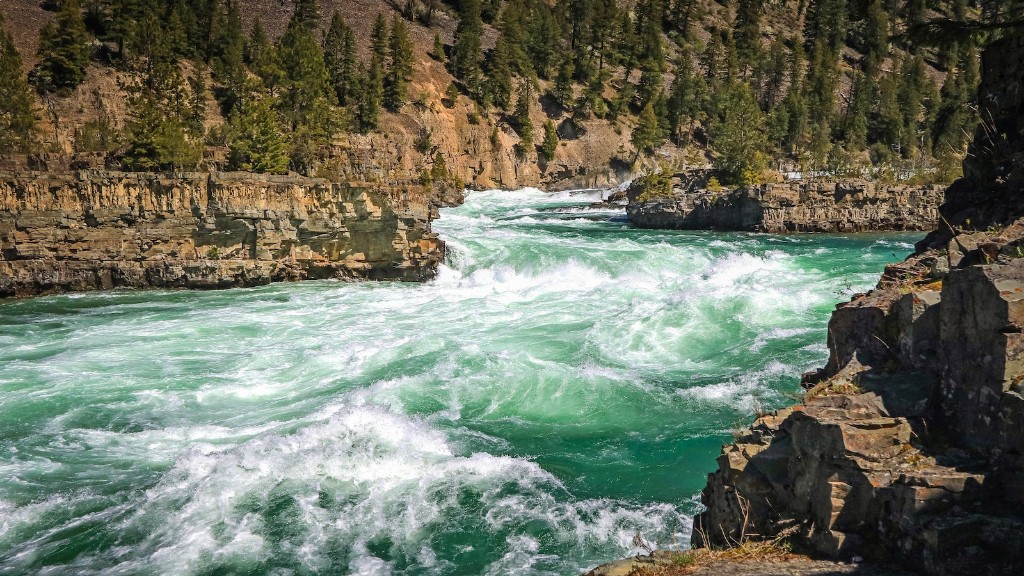The Mississippi River is one of the largest rivers in North America, travelling more than 2,500 miles through 10 states. Its tremendous size and significance make it a key transportation artery, used by thousands of passengers and freight vessels every year. The river’s long history as a travel route began centuries ago, with Native Americans taking advantage of the river’s gentle current to move their villages up or down the river. By the 1800s the river was the most important way for goods to move up and down the region, especially before steam powered railroads.
At the time of the Louisiana Purchase in 1803, the Mississippi river system became the primary route for goods being shipped from the Great Lakes to the Gulf of Mexico. Back then, travelers moving up or down the river faced different dangers than they do today. Many of these risks were caused by the river’s sedimentary layers, which created deep channels, sharp curves and sudden mobile sandbars. This made navigation quite challenging, particularly before lighthouses and buoys were added.
River pilots of the era had to learn the river’s characteristics through personal experience and local knowledge—and even that didn’t guarantee their safety. Stories of travelers being stranded for days or weeks on sandbars are common from this period. Despite its dangers, the Mississippi was—and continues to be—a top transportation route.
Riverboat technology
The 19th century saw the development of a number of steamboats designed to traverse the Mississippi. In 1811, the first steamboat traveled up the Mississippi from New Orleans to St. Louis, taking two weeks to make the 1,100-mile journey. Not long after, riverboats carrying freight and passengers began making regular trips up and down the river.
These boats were remarkable engineering feats of their time. Strong and lightweight, they could haul up to 300 tons of cargo and up to 200 passengers, with most trips taking between five and seven days upriver and three to five days downriver. By the end of the 1800s, more than 4,300 riverboats were operating on the Mississippi, carrying millions of passengers and goods and helping to create the commercial and cultural influences that remain part of the region today.
The Mississippi’s steamboat traffic quickly outpaced railroads as the primary means of transportation for the region. But train networks eventually covered more territory and riverboats were phased out in the early decades of the 20th century, with the last operating in 1940.
21st century
The Mississippi River’s current transportation network consists of a variety of cargo ships and passenger vessels. These vessels range in size, with the smallest carrying less than 1,000 tons and the largest over 35,000 tons. The most common vessels are towboats, which reach speeds of up to 16 miles per hour and are used to transport goods and passengers along the river. Other vessels commonly seen include barges, rail ferries, cruise ships and research vessels.
Today’s journeys along the Mississippi are much smoother and safer than in the past, but the river is still full of life. Every year, more than 300 million tons of cargo travel up and down the Mississippi, and it remains an important corridor for cargo and cruise ships—as well as a key source of recreation for travelers and water sports enthusiasts.
Environmental Impact
The Mississippi River and its tributaries provide more than 35% of the fish and wildlife habitats in the United States. In the last century, however, human activities have had a huge impact on the ecosystem, causing pollution and disruption of wildlife and fish populations.
The main culprits of pollution have been industrial and agricultural runoff, sedimentation and chemical pollutants. These have adversely affected the river’s fish, birds and aquatic mammals, as well as its environment. Recent years have seen an increase in efforts to protect and restore the river, with a variety of conservation efforts now underway.
Economic role
The economy of the Mississippi River basin is estimated to contribute over $460 billion to the US economy annually, with the river providing significant transportation, commercial and recreational opportunities. In the 21st century, the river’s economy is still heavily dependent on cargo shipping. Agriculture remains the largest source of cargo, but oil, coal and manufactured goods also travel on the river.
In addition, the river is a major source of recreational activity for millions of people each year. Popular activities include swimming, paddling, fishing, bird-watching and camping. The Great River Road—the network of highways that runs along the river—draws millions of visitors to the region.
River Conservation
Despite the great distances covered by travelers on the Mississippi River, conservation efforts remain a major concern. As water levels drop in regions along the river due to drought, sedimentation and pollutants, efforts are being made to protect the river. In 2008, the US Congress created the America’s Great Waters Program in order to help protect and restore the Mississippi River and its diverse ecology.
The program focuses on reducing pollution, restoring habitats, protecting wetlands and water quality, and improving public access to the river. In addition, several states along the Mississippi have created their own conservation efforts to ensure the health of the river and its inhabitants.
River travel today
Today, there are still plenty of travelers who make their way down the Mississippi River. Private vessels, sightseeing cruises, tour boats and even ferries travel up and down the river, offering visitors an up-close view of its beauty. These trips often take in some of the Mississippi’s iconic sites, such as the mouth of the Mississippi River, the American Queen paddlewheel steamboat and the New Orleans skyline.
Whether the goal is to experience the river first-hand, to explore the rich culture of the region or to simply relax, the Mississippi River remains a key destination for travelers of all types. With its great history, beautiful scenery and wide range of activities, it’s no surprise that millions of people make the journey each year.
Cultural Significance
The Mississippi River has long been a source of cultural and spiritual significance for people from all walks of life. Over the centuries, the river has been a site of transformation, a source of sustenance and a place for exploration. From Native American tribes to African-American musicians, the Mississippi has been a symbol of identity, pride and resilience.
Today, the river is celebrated in books, films and music, with songs like “Ol’ Man River” and “Big River” being some of the most famous. Whether viewed from the bank or from a riverboat, the Mississippi River continues to hold a special place in the American imagination.
Parallels
Today’s travelers who journey along the Mississippi often find themselves reflecting on the experiences of travelers who came before them. From explorers and settlers to entrepreneurs and slaves, travelers of all types have left their mark on the river. As the river has remained a constant, the stories of those who moved along the river still remain, reminding us of the great changes that occur over time yet, at the same time, how some things never change.
This reminder is echoed in the lives of contemporary river travelers. As they float through the Mississippi’s shifting sands and powerful currents, they are reminded of its tremendous power, beauty and potential. At the same time, they are reminded of their personal power and of their ability to make a difference.





